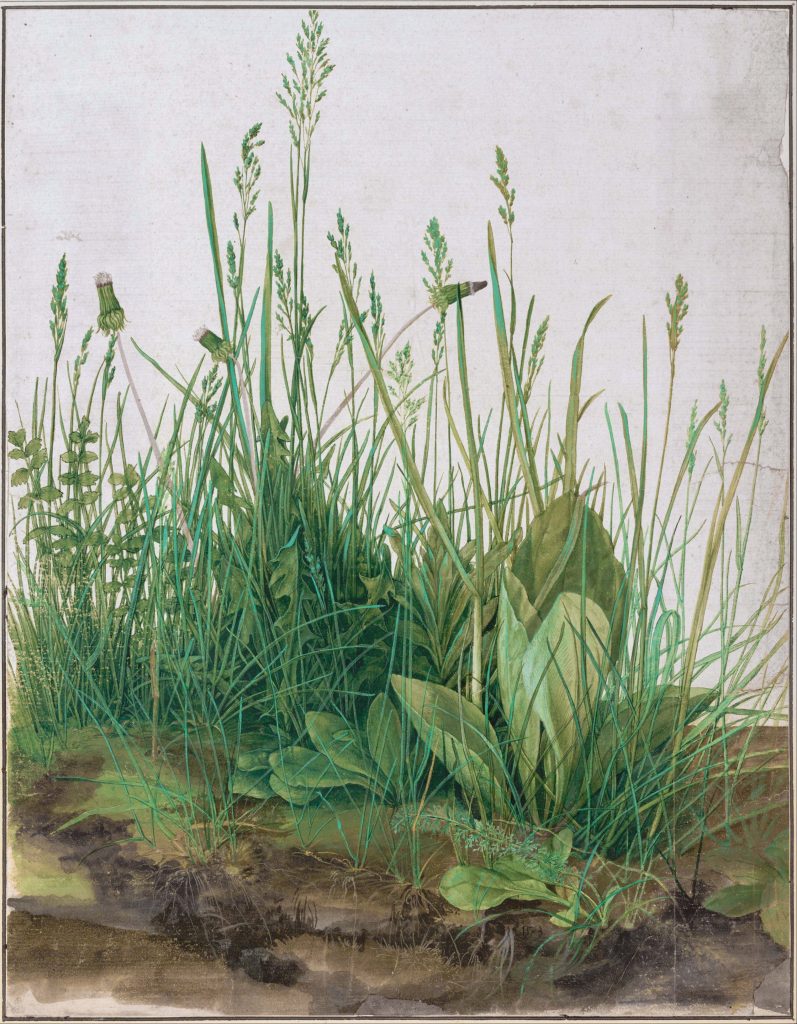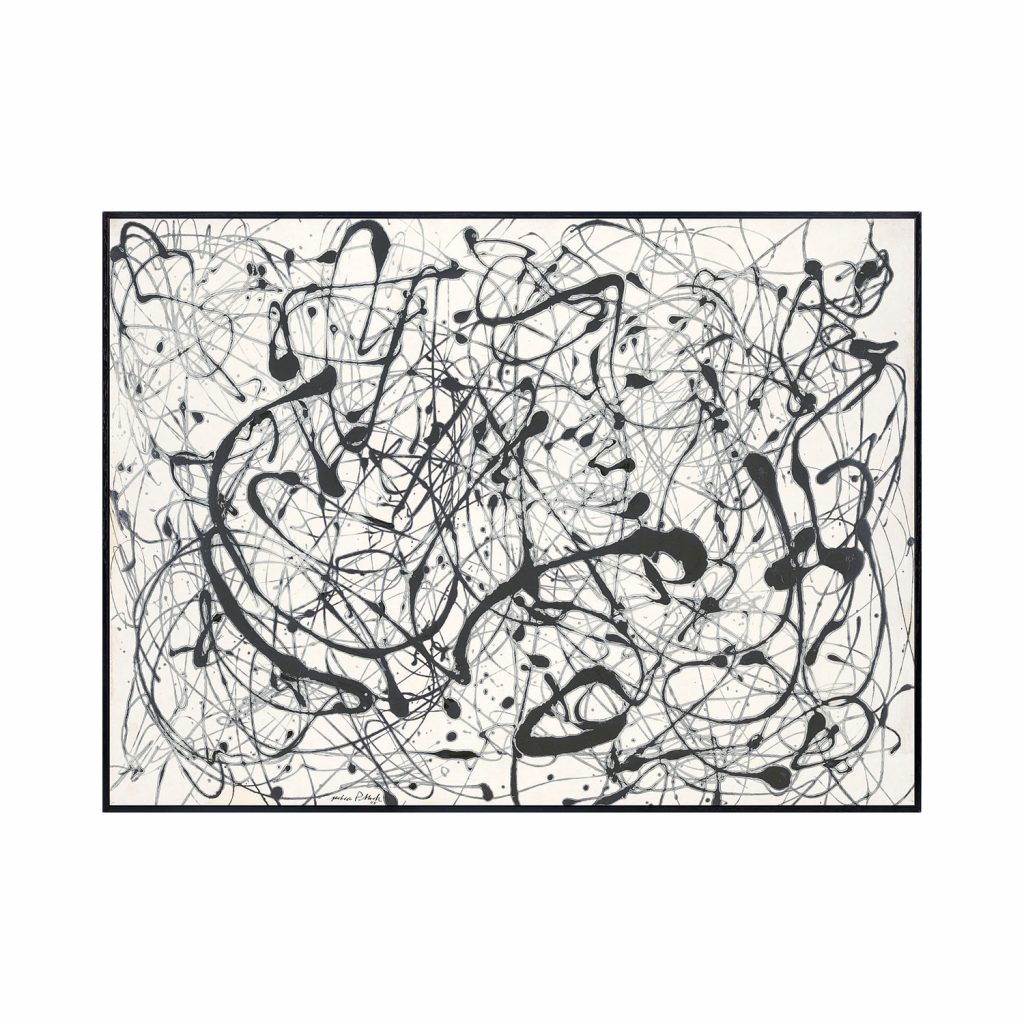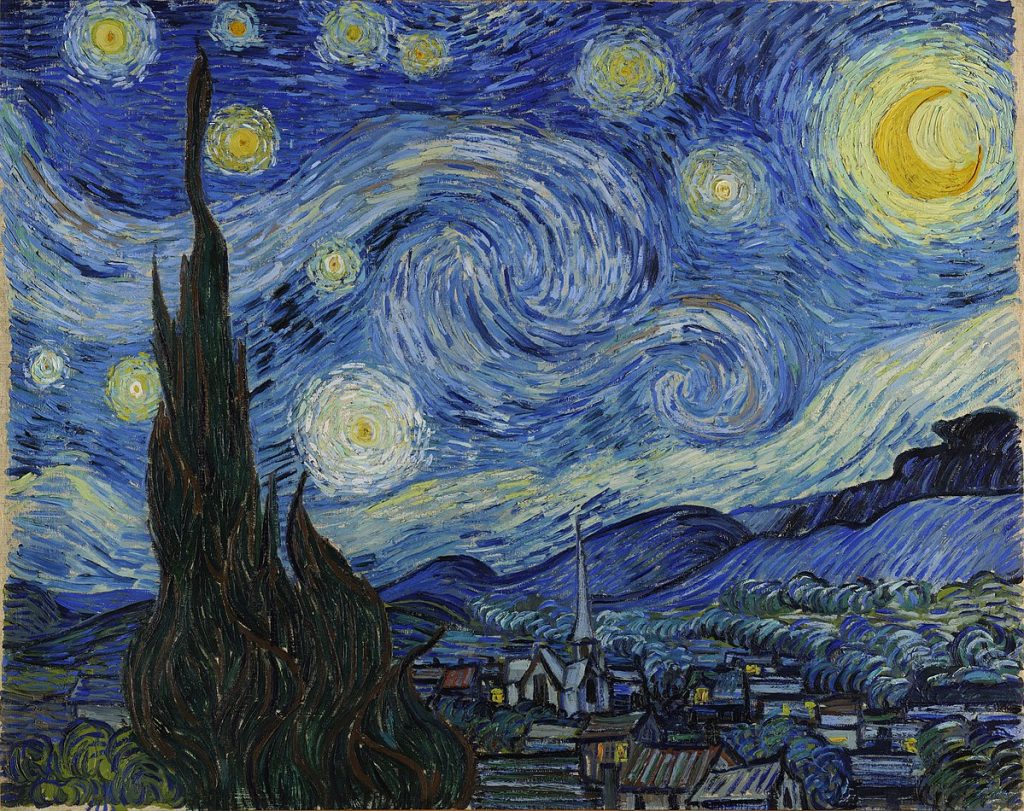
It might be obvious to assume that landscape photography draws its inspiration from the shapes, colours and symmetries of the depicted landscapes. And most often this is the case. But from time to time the true inspiration enters the creative process much later when, after working on an image for some time, I suddenly notice the similarities to another more or less well known work of art.
I don’t believe in coincidences. I rather think that unconscious decisions are part of the early creative work. Only when some of those decisions will become conscious and well thought out, the work of art will obtain its true meaning.
Photography is never meant to be a mere imitation of reality but rather its artistic interpretation. Even more so when the artist can draw from earlier experiences.
Photography is never meant to be a mere imitation of reality but rather its artistic interpretation
One important and rich source of inspiration is the critical analysis of other artists’ works.
On a regular basis I realize, how their influences slowly and almost unnoticeably creep into my own work, creating similarities that have been neither intended nor clearly visible.
Not always are these similarities at first glance apparent to the viewer. Thus I want to show three of my photographs with their inspirational counterparts, illustrating the creative process.
This photograph has initially been made as part of a lens test (Zeiss 55m f/1.8) I conducted in the summer of 2014.
I have found some cress and a dandelion occupying an old pot in my garden, completed by the neutral background of a white wall.
Weeks after finishing the photograph I started to notice a peculiar familiarity of the composition. A quick research confirmed my initial suspicion. I had, without knowing it, drawn inspiration from one of the most famous German renaissance artists: Albrecht Dürer.
His intricate work “Great Piece of Turf” reveals surprising similarities, both in composition and subject.
This came as a surprise to me since I was completely unaware of the connection when I took the photograph.

Just like many of his other well known works, Albrecht Dürer’s Great Piece of Turf is part of the famous collection of the Albertina in Vienna.
I have probably seen this watercolour paintig at the immensely popular Dürer exhibition in Vienna in the year 2003.
Although I have no conscious recollection of having seen the painting there, it must have left a lasting impression with me, only to reemerge over a decade later in my own work.
Inspiration will not always emerge that late in the artistic process. Sometimes I will notice the similarities already with my first look through the viewfinder, sketching out the concept from the very first moments.
The park surrounding the old derelict mansion in Pottendorf, not far from where I live, is a wonderful treasure to visit year round. It is not surprising that I can often be found there with my camera. Not only the ruins of the mansion but also the sensibly restored park offer lots of opportunities for photographers.
This was also the case in 2010 when I noticed the beautiful contrast between the light and the very dark branches of the old trees next to the mansion. The composition was enhanced by patches of hazy blue sky in the background.
The very first look at the scene reminded me of Jackson Pollock’s abstract and dynamic paintings. To add at least some context, I decided to include two tree trunks but still keeping the impression of Pollock’s spontaneous way of painting with splashing liquid paint all over the canvas.

His painting “Number 14” was created in 1951, a time when Pollock was at the peak of his fame not even fourty years old. In the previous years he had experimented with his signature style of “Action Painting”, a technique that with all the splashing of paint and physical involvement almost resembled an art performance in itself. Only five years later Jackson Pollock was tragically killed in a car accident at the very zenith of his career.
During my recent trip to the Isle of Skye in Scotland I visited the lovely little bay of Camus Croise, located halfway between Broadford and Armadale at the very southern tip of the island.
The weather was typical for the location with cloudy skies and the occasional shower, presenting perfect conditions for some close up shots at the rocky shoreline with lots of seaweeds and tiny shells.
I just love to explore the rocks and boulders at the Isle of Skye’s seashores. It almost feels as if you can hold your breath for hours, submerged in the sea and discover this foreign world moving effortlessly from one place to the other.
After spending one hour studying different kinds of bladderwrack and polished marbles, I discovered a flat elongated rock, covered with tiny white barnacles and brightly coloured seaweeds.
My first attempt to compose a shot showed a much wider view but the imge didn’t do the lovely scene full justice. All those fine details, chaotically scattered throughout the frame lacked a clear structure or center. So I decided to move in much closer with my camera, armed with the 90mm macro lens. Now the curved piece of seaweed formed the unambiguous center of the image, framed by darker seaweeds and complemented by the barnacles attached to the bluish rock like twinkling stars in the sky.
The similarities to Vincent Van Gogh’s famous “Starry Night” was immediate and striking – even by looking at the tiny screen at the back of my camera

In the year 1889 Vincent Van Gogh’s mental health had deteriorated rapidly and he was admitted to the asylum at St. Remy after cutting off a piece of his left ear in an attack of rage and despair.
Painting quickly became the most important part of his therapy and his time at the asylum was marked by manically driven productivity. It was there where he painted among some of his finest paintings also the famous “Starry Night”, which is now part of New York MOMA’s impressive collection.
After all, his therapy at St. Remy did not bring the improvement he had hoped for and depression quickly returned worse than ever. Finally in the summer of 1890 Vincent Van Gogh committed suicide, becoming posthumously the very first superstar of modern art.
My final example was shot during my trip to the Canary Islands in October 2024, where I spent one week to explore the volcanic landscapes and subtropical rainforest with their Canary Pines and Laurel trees in almost perfect conditions.
When I was browsing through my images from the trip to La Palma, this composition had at first missed my attention. It was only after I took a second, closer look at the initially disregarded images that I took notice of it’s potential. Composing the image was an exercise of patience and painstakingly working out the perfect placement of the camera, inching left and right, backwards and forwards in order to avoid the thin stems of the small trees from overlapping each other. After processing the image and printing it for my exhibition, I noticed that the twisted thin tree trunks reminded me of a surrealist painting I had seen in a book. They show close similarities to the bizarrely elongated and contorted legs of the creatures depicted by Salvador Dali in one of his most iconic paintings.

Salvador Dali painted this masterpiece in the year 1946 in New York. It was his submission for a contest (the only one of his entire career): While he did not win the contest with his painting (the winner was Max Ernst with a different interpretation of the same theme), it was Dali with his inimitable style who defined a whole new genre of paintings, still resonating in today’s art.